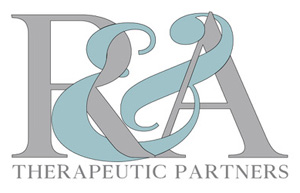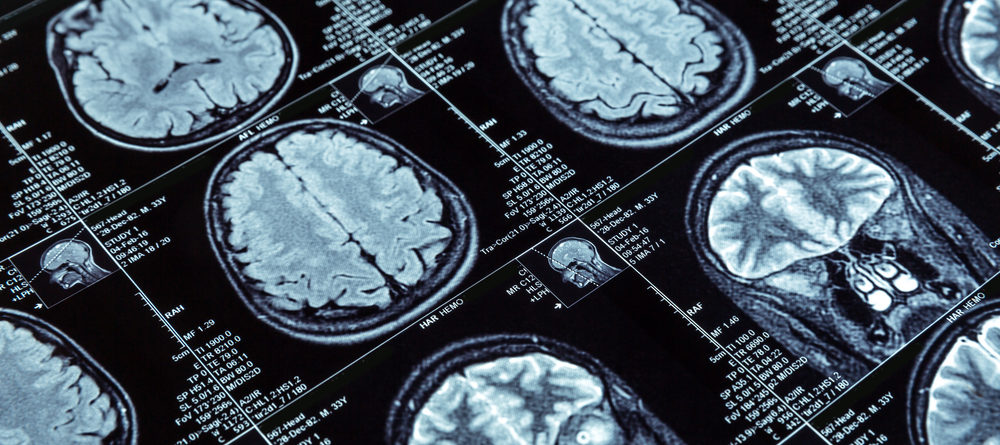The Long-Term Consequences of Adolescent Binge Drinking
The teenage years are a time of continued growth and development. As adolescents start to build their social circles and solidify their identities, they must also begin making difficult choices. For many teens, binge drinking represents a crucial crossroads.
According to the National Institute on Alcohol Abuse and Alcoholism, over 7 million young people between the ages of 12 and 20 have reported drinking “more than just a few sips” of alcohol within the past month.1 While some parents may believe that the occasional beer-fueled party is “just part of growing up,” the reality is that heavy alcohol consumption can have lifelong effects. Today, we’ll explore the long-term consequences of adolescent binge drinking.
The Dangers of Teenage Binge Drinking
Increased Risk of Addiction
The biggest concern for parents of partying teens should be alcohol use disorder. Choosing to binge drink at a young age majorly increases a person’s risk of addiction. Research published in JAMA Pediatrics demonstrates this connection. A cross-sectional survey of more than 43,000 adults found that relative to those who began using alcohol in adulthood, those who drank before age 14 were more likely to experience chemical dependence.2
An alcohol use disorder can be life-threatening. It’s a chronic, relapsing condition, which means that without treatment, it tends to worsen over time. While help is available for those dealing with addiction, prevention is the best step parents and teens can take to prevent a lifelong struggle.
Legal Issues
Teens who engage in binge drinking are also more likely to get in trouble with the law. Since 1988, every state has passed legislation setting the minimum age for alcohol consumption to 21. This means that nearly everywhere, it is illegal for teenagers to:
- Possess any alcoholic drinks
- Purchase alcohol
- Consume intoxicating beverages
- Use false identification to buy alcohol
- Get drinks from someone who is over the age of 21
- Drive while under the influence at any blood alcohol concentration
- Host parties where underage people are drinking
Choosing to violate these laws can result in a litany of legal issues. Teenagers caught with illicit beverages may face fines, suspended driver’s licenses, and even jail time. This complicates the process of applying for college, jobs, and housing later in life.
Isolation and Other Problems
Many teens begin using substances with the goal of “fitting in”—unfortunately, the truth is that adolescent substance use can be incredibly alienating. If a young person becomes reliant on alcohol and begins to drink more and more often, they may lose touch with their friends. They’ll also be more likely to fall behind in school, avoid extracurricular activities, and forego their hobbies.
Other consequences of underage alcohol use include:
- Increased risk-taking. According to the Centers for Disease Control and Prevention, unprotected sex and illicit drug use are more likely for those who are often under the influence of alcohol.3
- Bad grades. Adolescents who misuse substances are more likely to experience academic problems and perform poorly in school.4
- Serious injury or death. Teenagers who regularly binge drink are more likely to be seriously harmed or killed while under the influence. Each year, over 3,900 deaths of those under 21 can be attributed to excessive drinking.5
Genetic Changes
Interestingly, consuming alcohol in your younger years can even alter your genetic makeup. Scientists at the University of Illinois Chicago (UIC) found that binge drinking in adolescence affects your brain chemistry in adulthood. Put simply, “bad habits” like early substance use can rewrite the way you perceive certain things, respond to specific stimuli, and form habits. In the long term, this behavior negatively impacts the Arc gene: an especially vital piece of your genetic makeup that’s responsible for the way you store and recall memories.
For most people, this is a lifelong consequence of teen drinking. However, the UIC team has recently determined that gene editing might be able to “fix” the damage to the Arc gene.
Study: A Potential Genetic Solution for Binge Drinking Damage
Fortunately, cutting-edge research continues to make recovery more accessible to those who drank in adolescence. UIC’s Center for Alcohol Research in Epigenetics built upon their previous study to determine whether binge drinking damage could be reversed.6 Using a gene-editing tool called CRISPR-dCas9, the scientists found more than they expected. In addition to healing the subjects’ dependence on alcohol, they could also alleviate symptoms of anxiety.
“Adolescent binge drinking is a serious public health issue,” said Subhash Pandey, the center’s director. “This study not only helps us better understand what happens in developing brains when they are exposed to high concentrations of alcohol, but more importantly gives us hope that one day we will have effective treatments for the complex, multifaceted diseases of anxiety and alcohol use disorder.”
Help is Available Today
While genetic reprogramming may be a distant dream, recovery is still possible for those struggling with alcohol use disorder and co-occurring anxiety. R&A Therapeutic Partners provides the framework for young people and adults caught in the cycle of addiction. We offer evaluations, comprehensive care, a variety of resources, and in-depth psychotherapeutic services. Together, we’ll unpack your past experiences and equip you with the coping skills you need to thrive in recovery.
Contact our team to get started. We look forward to hearing from you.
References
1. U.S. Department of Health and Human Services. (n.d.). Underage Drinking. National Institute on Alcohol Abuse and Alcoholism. Retrieved June 23, 2022, from https://www.niaaa.nih.gov/publications/brochures-and-fact-sheets/underage-drinking
2. Hingson, R. W., Heeren, T., & Winter, M. R. Age at Drinking Onset and Alcohol Dependence: Age at Onset, Duration, and Severity. Retrieved June 23, 2022, from https://jamanetwork.com/journals/jamapediatrics/fullarticle/205204
3. Grunbaum, J.A., Kann, L., Kinchen, S., Ross, J., Hawkins, J., Lowry, R., et al. (2004, May 21). Youth risk behavior surveillance—United States, 2003. Morbidity and Mortality Weekly Report Surveillance Summaries. Atlanta, GA: Centers for Disease Control and Prevention. From http://www.cdc.gov/mmwr/preview/mmwrhtml/ss5302a1.htm (accessed June 23, 2022).
4. Bonnie, R.J., and O’Connell, M.E. (Ed.). (2004). Reducing underage drinking: A collective responsibility. National Research Council and Institute of Medicine. Washington, DC: The National Academies Press. From http://www.iom.edu/Reports/2003/Reducing-Underage-Drinking-A-Collective-Responsibility.aspx (accessed June 23, 2022).
5. Sacks JJ, Gonzales KR, Bouchery EE, Tomedi LE, Brewer RD. 2010 national and state costs of excessive alcohol consumption.external icon Am J Prev Med 2015; 49(5):e73–e79.
6. Carey, J. (n.d.). A ‘Factory Reset’ for the Brain Cures Anxiety, Drinking Behavior. UIC Today. Retrieved June 23, 2022, from https://today.uic.edu/a-factory-reset-for-the-brain-cures-anxiety-drinking-behavior
At R&A Therapeutic Partners Raymond Estefania and Ana Moreno specialize in substance use and mental health disorder evaluations, treatment, intervention and therapeutic/educational consulting for clients throughout the greater South Florida area, as well as nationally and internationally. For more resources and information please visit Therapeutic-Partners.com or on Facebook.

